It’s a curse of our society. Modern innovation has led to the grotesque abomination, the “cell phone ringtone”. Obnoxious and pervasive at best, invasive and stupid at worst, you will hear them anytime, any place, and might hear one even now (you should get that – I’ll wait).
Consider, though, what if cell phone ringtones were art? Sounds can be art, so why can’t the sounds coming out of your phone be works of art? T. Foley, a Pittsburgh based artist, tackles that question with her “public art/original ringtone creation project”, Locally Toned. Users can create and download unique ringtones for free from the Locally Toned website, and to date 11,103 ringtones have been downloaded. I had a chance to speak with Ms. Foley on her work with the ubiquitous ringtone…

Locally Toned Collaborator Krista Martin poses with a ringtone creator at the Uniontown Poultry Association's fall show
Can you speak a little on how your work democratizes art? Why is this important to you? How do you see the Internet as a component of it?
Thanks for visiting with me, Rachael.
I have a background in media literacy, so I’m interested in people having access to a wide variety of media, and the skills and tools that allow them to produce and analyze media for themselves. Locally Toned democratizes art because it’s produced with others and for others. I’m not an artist working alone in a studio producing ringtones to sell to others. I collaborate with people to turn sounds that are meaningful and/or interesting to them into ringtones. This past weekend I went to the Uniontown Poultry Association’s Fall Show in Fayette County to capture bird sounds with the help of that community. And I collaborate with technologists such as Deeplocal and other artists, Encyclopedia Destructica, to get the tones to the public/onto phones. Deeplocal built the technology for the project; Encyclopedia Destructica helped me to design distribution techniques (the ringtone art cards). Unlike paintings or sculptures for sale in a gallery, which many people can’t afford, people may own and share these works free-of-charge.

An example of the ringtone art cards
As conceptual artist Robert Smithson expressed in a 1972 essay entitled “Cultural Confinement,” for Artforum, some works of art, when placed in galleries, loose their charge. Locally Toned is that type of work--one may listen to the tones online, but the real audience for the project exists anywhere a user who’s downloaded the tones receives a call on his/her cell phone. The work performs itself at unexpected times and in unexpected places, outside traditional art spaces (galleries and museums).
My boyfriend likes to say that Locally Toned gives people a “sneak-attack” ability. When some of the more unusual tones go off in public, it creates a little scene. For example, the LRAD tone went off one day on my phone at Deeplocal. The CEO assumed it was a fire alarm and told everyone in to exit the building. I let them know it was a false alarm--I was just testing out the sonic canon ringtone.
The tones function as conversation starters. I often use tones from the Bayernhof Museum. When they go off in public, strangers ask me to identify the sounds. Then I tell them about the nearby museum for mechanical musical instruments. The conversation is usually short, but there’s an unexpected exchange that occurs as a result of the tones.
Ringtones are an invention of modern technology, what drew you to use them as a medium? Is there a benefit to using ringtones in your work as opposed to other technologies?
I had always wanted to make ringtones for my phone, and a “call for artists” from Deeplocal inspired me to develop this project. I was also motivated by a strong dislike for music industry and pre-installed ringtones on cell phones--I wanted to make tones that were more interesting or beautiful. Then I became curious about what other people would do if they had the opportunity to make ringtones. And with my media literacy background, I wanted to model that it’s possible to make and share homegrown ringtones.
I use technology to connect and share with others--recording equipment to make the tones, photography to document the sounds, the Web site to distribute the ringtones, and the Blog to promote the stories behind the sounds that are created. Technology helps to extend my work and ideas out into the world. I like what Lawrence Lessig says about on- and off-line sharing economies in his book Remix (http://remix.lessig.org/).
“Gifts in particular, and the sharing economy in general, are thus devices for building connections with people. They establish relationships and draw upon those relationships. They are the glue of community.”
Locally Toned is public art through service to the community—a series of production, promotion and distribution interactions between the public and myself. New social interaction spaces (physical and cyber) are developed around the making and sharing of these tiny aural documentaries, or soundscape snippets. The tones serve as audio identifiers for members of various communities. A person might identify as a cyclist and download Erok's Bicycle Bell Tone for use on his/her phone. The tones are also plotted on a ringtone map.
Do you see your work moving into other technologies in the future? If so, are there any technologies in particular you would like to explore?
I like to exploit tools that are easy for people to access and use. Recently I’ve created a live and online performance work with Hector, a shy ventriloquist dummy. In The Dummy Is Present, my re-interpretation of Marina Abramović’s The Artist Is Present, 2010, Hector appears on Chatroulette with an audience behind him. The audience appears in the work as spectators and as part of the show. People may sit behind us passively, watching Hector interact with others online (my computer is projected onto a big screen during the performance), or they may become part of the interaction. Some of the people we encounter online say, “Is this for real?!” Audience members respond by shouting or waving a hello, and they may applaud if the other party on Chatroulette performs for us. The performance has been described as voyeuristic, riveting, and magical--it’s all those things and more. I made the work because I wanted to draw attention to contemporary notions of public and private space, and to consider what it means to have an online presence. The Dummy Is Present is part of a larger body of work, Easy Pieces, a series of live and recorded performances featuring a ventriloquist dummy and myself. I’d like to find an interesting application for Twitter within the larger project, but I haven’t figured that out yet.
With Locally Toned and the work with Hector, I use a particular technology so that I may say something about our experiences with it. And I enjoy making work that evolves and changes over time. With both projects, I never know what’s going to happen next--and that’s really fun for me.

The Dummy Is Present - Photo by Larry Rippel
Do you think Locally Toned will ever reach a conclusion?
Locally Toned is an ongoing project. I’m not a Web developer, but I want to be a good shepherd of the project’s technology so that the archive will remain accessible to the public and so that I may add to the collection for years to come. I’m presently seeking funding to make improvements to the Web site, and to release all the tones in the iPhone format. Within the next year, I’d like to identify other cities to collaborate with. The tones are licensed under the Creative Commons Attribution-NonCommercial-Share Alike code, and they show up on other folks’ Blogs. It’s great to see people point back to Locally Toned, and see them re-tell stories about the origins of the sounds.
Ms. Foley is also looking for some Pittsburgh local help with her next project,
Who wants to make a ringtone? This month, I will receive a grant from The Fine Foundation to create a new series of tones from the Pittsburgh region. I’m looking for collaborators. People can contact me by email: locallytoned@gmail.com.
And if you thought her Chatroullete dummy performance sounded cool, Pittsburgh has another opportunity to see it live:
The next performance of The Dummy Is Present will take place at The Warhol Museum on the evening of January 6, 2012. More info can be found at the Ventwittoquisms Tumblr.
---
So what are you waiting for? Go customize your phone with some art!






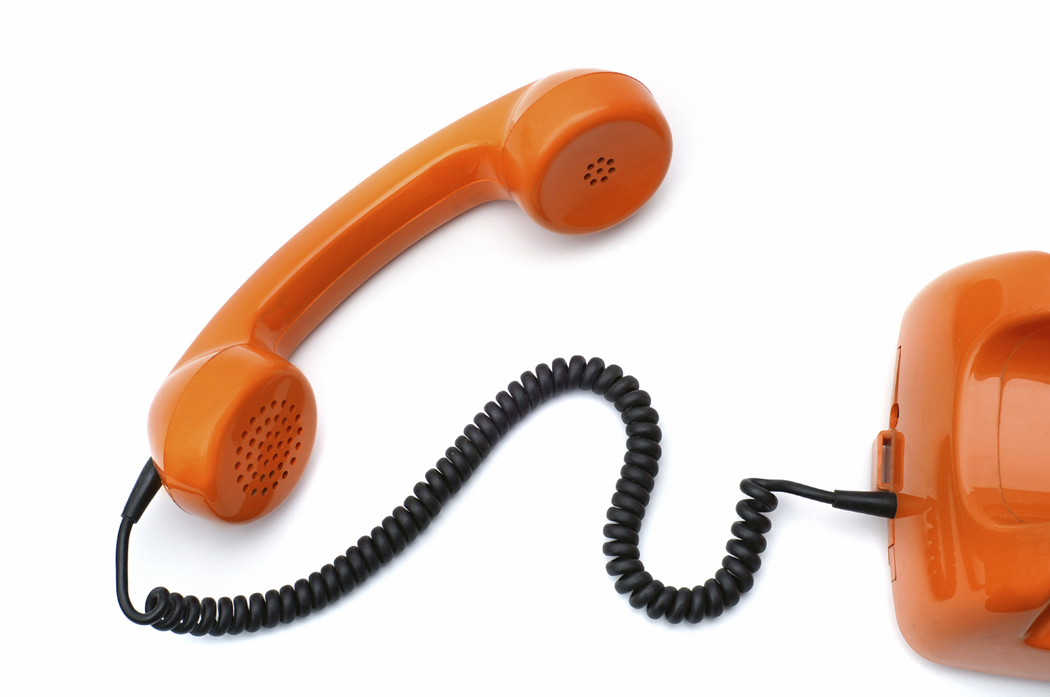
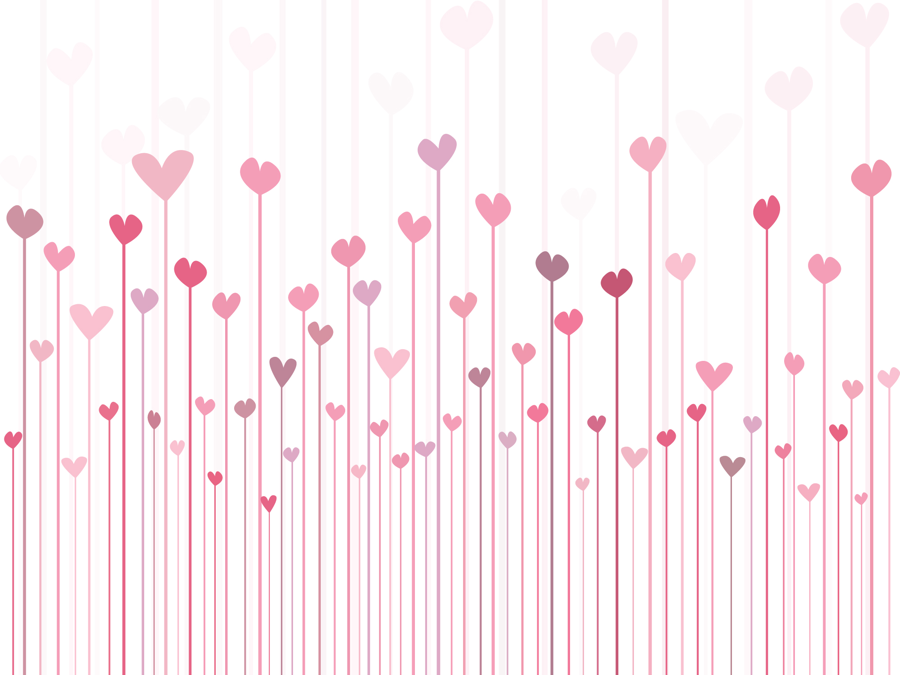 February 2012 was a busy month here at Technology in the Arts, and while its not yet over, let’s take a look at some of the great stories we covered.
February 2012 was a busy month here at Technology in the Arts, and while its not yet over, let’s take a look at some of the great stories we covered.
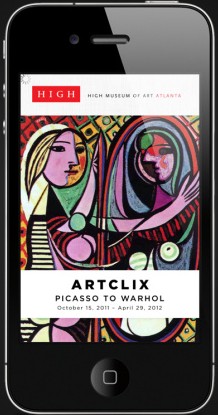
 Almost a month in to 2012, and we have had some great articles here at Technology in the Arts. Let’s take a look back at our strong start to the new year as this January comes to a close.
Almost a month in to 2012, and we have had some great articles here at Technology in the Arts. Let’s take a look back at our strong start to the new year as this January comes to a close.
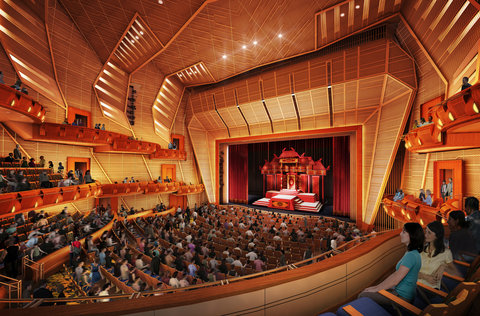



 Happy Friday! What’s everyone doing this weekend? Perhaps you’re saddling up to head to Louisville for the
Happy Friday! What’s everyone doing this weekend? Perhaps you’re saddling up to head to Louisville for the 



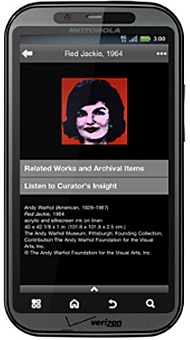 I don’t want to shock anyone, but since my
I don’t want to shock anyone, but since my 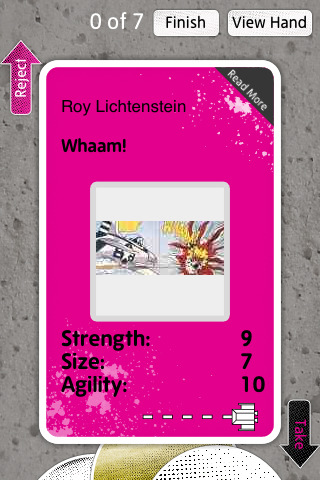 It’s no secret that there are apps for everything and
It’s no secret that there are apps for everything and